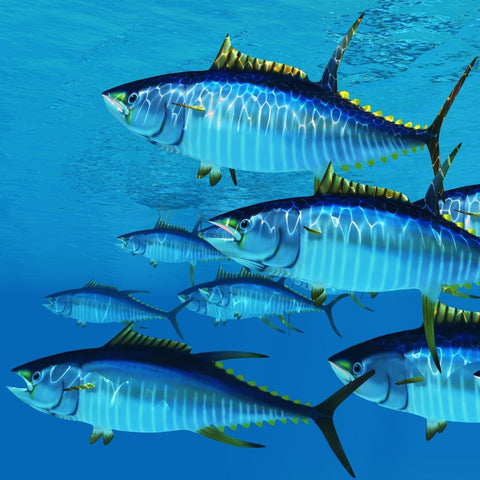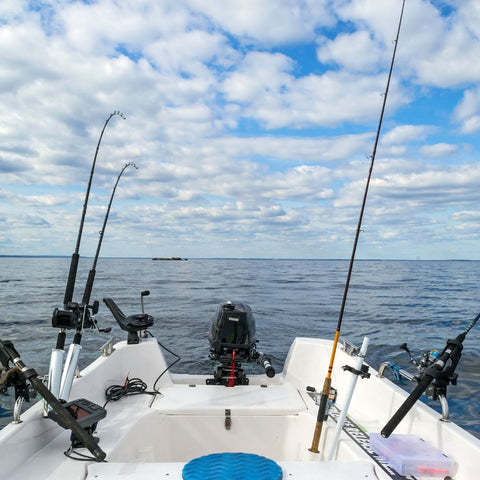
If you're looking for a real challenge, consider trolling for yellowfin tuna in the Gulf of Mexico. These fish are fast and powerful, so you'll need to be prepared with the right saltwater fishing equipment. Here's what you need to know:
Long-line fishers are responsible for the majority of yellowfin tuna caught in the Gulf of Mexico, but it is also a popular destination for recreational fishing. Yellowfin tuna is a dream catch that distinguishes you from inexperienced anglers. If you’re fishingg for yellowfin tuna don’t settle for a mediocre saltwater tackle—get one from reputable sellers such as Eat My Tackle instead. Remember that these monster tuna are very strong and they’ll have the upper hand when you don’t have the experience and the best gear.

Here Are Some Interesting Facts About Trolling for Yellowfin Tuna in the Gulf of Mexico:
- Even if you're simply fishing for sailfish and marlin during the day, you could find yourself with a yellowfin on your line. However, if you only want to catch yellowfin tuna, you'll need to be in deep water just before sundown.
- The deepwater drilling rigs — at least 1500 feet deep — are the places you must visit for yellowfin tuna fishing. You should also attempt to reach the deepwater gas and oil production plants, which local fishermen refer to as "floaters." Floaters can be found off the coast of Texas. The Perdido, Hoover Diana, Nansen, and Boomvang oil and gas fields, which are man-made islands designed to entice schools of tuna, are worth a try.
- Before dark arrives, get to your location so you have time to troll. You may observe a spectacular show of 100-pound fish flying up to eight feet in the air at this time of day.
- Yellowfin tuna are fast and powerful, so your saltwater fishing tackle needs to be up to the challenge. To catch this sportfish, use a trolling rod and reel combo designed for saltwater fishing. A braided line is a good choice for yellowfin tuna fishing, as it has little stretch and is less likely to break than a nylon monofilament line.
- Most trolled baits are effective at catching yellowfin tuna. But most experienced fishermen concede that the most effective baits are smaller skirted baits. You'll rig them with dead ballyhoo and troll them some distance from your boat.
- You’re more likely to find yellowfin tuna at night. The reason for this is because the night time attracts the baitfish to the surface because of all the lights coming from the rigs and floaters. Yellowfin tuna usually follow the baitfish to the surface.
- In the Gulf of Mexico, the yellowfin tuna you catch may range from 50 pounds to 120 pounds.
- Trolling just before dark may get you a yellowfin tuna or two. But to be really successful, you may have to stay at your deepwater spot for the night. That means you may want to get a comfortable boat with a full range of saltwater fishing equipment needed for your overnight adventure.
At night, your charter may advise you to try the “drift” method instead. Drift fishing involves positioning the boat in a spot so it drifts with the current over the pockets of bait you've found with your sonar. This can be a complicated procedure, as it may involve putting numerous lines in the water simultaneously. Without experienced deckhands, you may end up with a tangled mess.

Whether you are trolling or drifting, just make sure you have the best saltwater fishing equipment and at least a couple of experienced people by your side. It can make all the difference in your success — and safety. Check out the Eat My Tackle shop for gear and more advice on how to catch saltwater game fish!


























